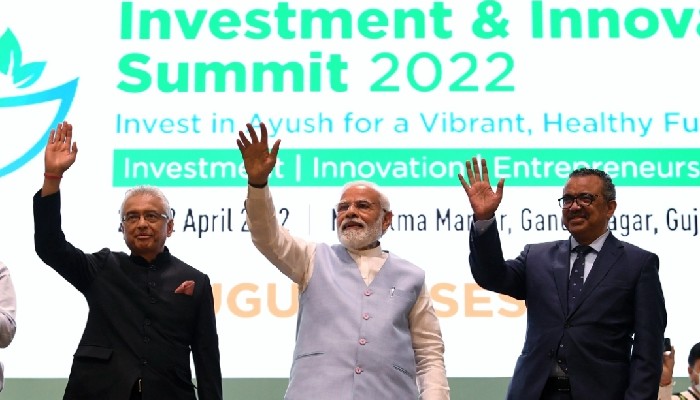The scheme envisages comprehensive repair and improvement of 736 existing dams across India over a period of 10 years
The government on Thursday approved the second and third phases of the Dam Rehabilitation and Improvement Project (DRIP) to improve the safety and operational performance of 736 dams across India.
The project, to be taken up with the financial assistance of the World Bank (WB) and the Asian Infrastructure Investment Bank (AIIB), was cleared by the Cabinet Committee on Economic Affairs (CCEA) chaired by Prime Minister Narendra Modi.
The Rs 10,211-crore project will be implemented over a period of 10 years in two phases from April 2021 to March 2031.
The project, which will see the second and third phases overlap for two years, also envisages institutional strengthening with system wide management approach.
In terms of numbers, the largest number of dams to be taken up under the scheme are in Rajasthan (189), followed by Maharashtra (167), and Tamil Nadu (59). The project also covers two dams under the Bhakra Beas Management Board (BBMB) and five under the Damodar Valley Corporation (DVC).
According to an official statement issued after the CCEA meeting, the share of external funding is Rs 7,000 crore of the total project cost; the balance Rs 3,211 crore is to be borne by the concerned Implementing Agencies (IAs). The contribution of Central Government is Rs 1,024 crore as loan liability and Rs 285 crore as counter-part funding for Central Component.
With the overall aim of the scheme being the comprehensive rehabilitation of the selected dams, DRIP Phase II & Phase III envisages the following objectives:
· To improve the safety and performance of selected existing dams and associated appurtenances in a sustainable manner.
· To strengthen the dam safety institutional setup in participating states as well as at central level.
· To explore the alternative incidental means at few of selected dams to generate the incidental revenue for sustainable operation and maintenance of dams.
The DRIP Phase II & Phase III will have the following components:
· Rehabilitation and improvement of dams and associated appurtenances.
· Dam safety institutional strengthening in participating States and Central agencies.
· Exploration of alternative incidental means at few of selected dams to generate the incidental revenue for sustainable operation and maintenance of dams.
The Dam Rehabilitation and Improvement Project (DRIP) was launched in 2012, by the Ministry of Water Resources, River Development & Ganga Rejuvenation through the Central Water Commission. The duration of the six-year project to be implemented with external aid was later extended till 2020.
 Contact Us
Contact Us  Subscribe Us
Subscribe Us









 Contact Us
Contact Us
 Subscribe
Subscribe
 News Letter
News Letter

